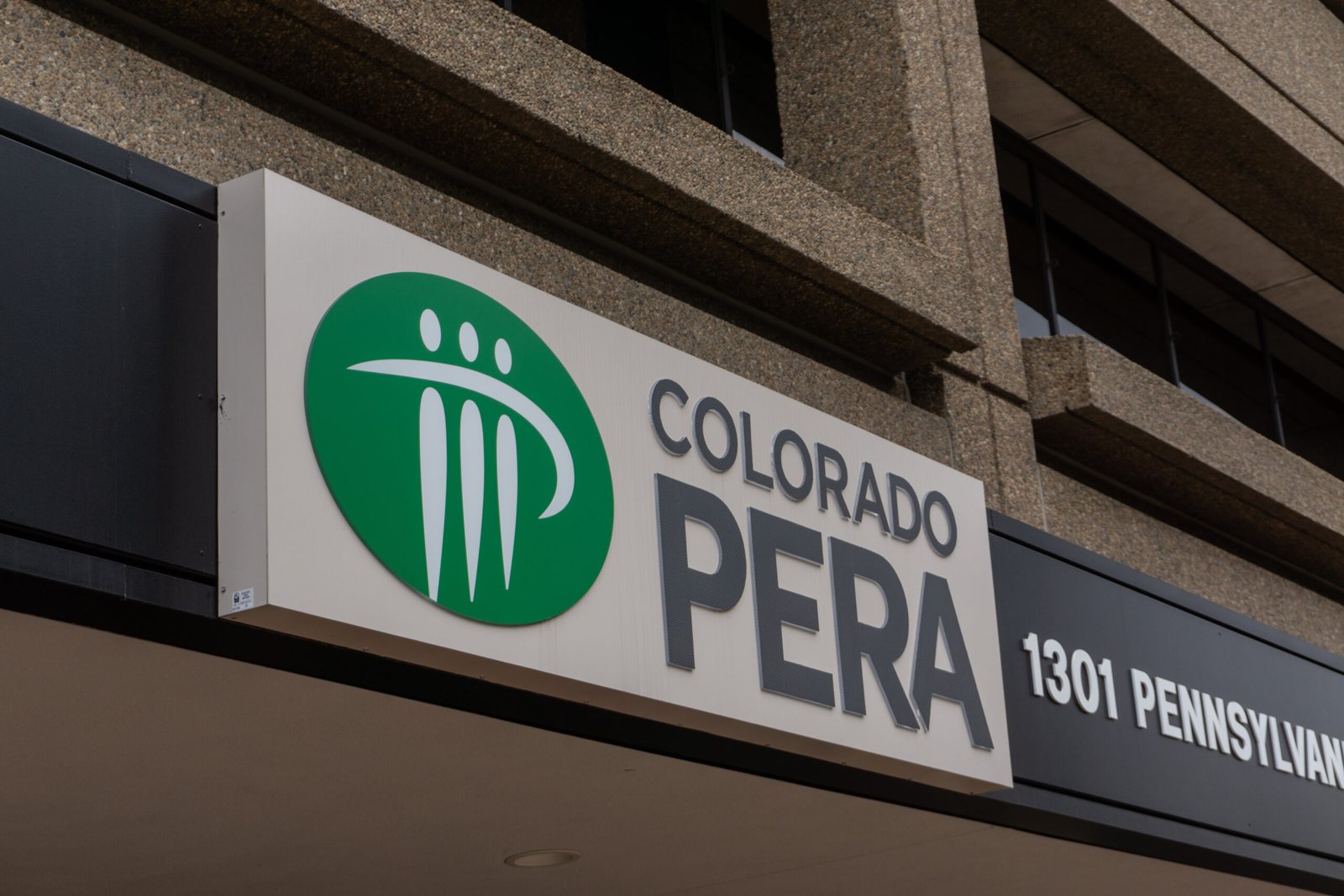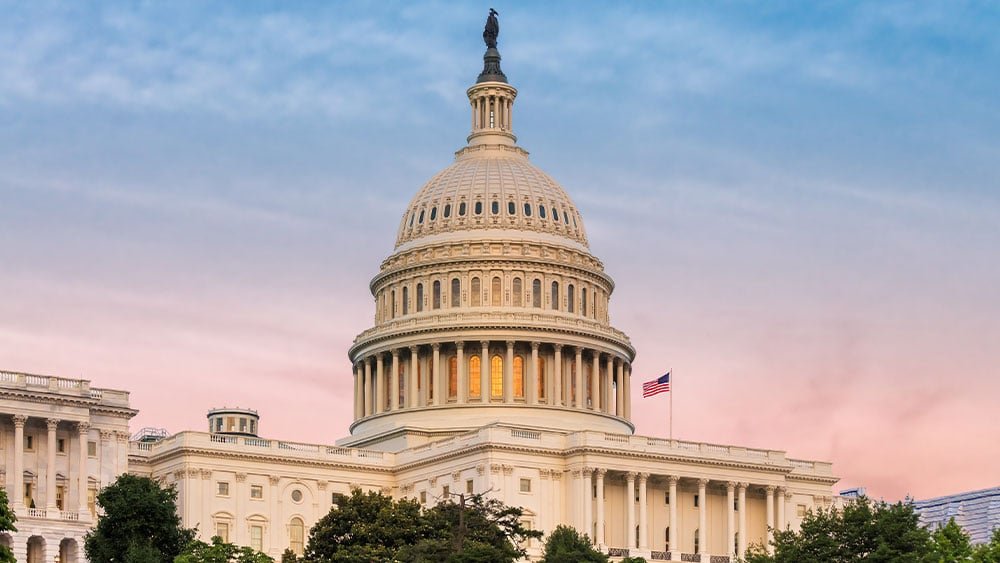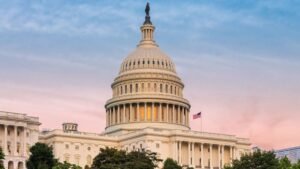Alarm around PERA’s finances sparks questions about pension’s future
The state’s public pension could be underestimating the scope of its financial problems by billions of dollars, an independent review found, raising fresh concerns about the Colorado Public Employees’ Retirement Association and its tenuous finances.
As a result, for the first time since a state pension overhaul in 2018, a legislative oversight panel is considering whether to recommend further reforms to the system, which manages the retirement benefits of more than 700,000 current and former public sector workers.
The concerns stem from a steady drip of bad news this summer — an annual financial report in June showing that the pension’s finances deteriorated last year and an independent review released last week that concluded PERA is in far greater danger of becoming insolvent than its own financial advisors expect.
A draft of the independent review, provided earlier this month to the legislature’s Pension Review Subcommittee, found problems with a number of the assumptions PERA uses to calculate its unfunded debt to retirees, saying the pension’s $27.5 billion funding gap could be as much as 10% higher than PERA believes.
The report, by the Switzerland-based PNYX Group, recommended the state provide a cash infusion of $2 billion to prevent what it said was a “material risk of reaching a point of no return” where it would be unable to make its payments to retirees.
Lawmakers, however, balked at the $2 billion price tag, calling it a political nonstarter.
“I don’t think it’s ever going to happen,” said Sen. Chris Kolker, D-Centennial, who chairs the subcommittee.
PERA’s advisors on Friday pushed back against the report’s findings, saying PNYX did not provide enough data to substantiate its claims. But PERA’s own analyses say there’s as much as a 30% chance of a financial setback in 2025 triggering another round of benefit cuts and contribution hikes.
And things could look even worse this time next year. PERA is scheduled to update its demographic assumptions in early 2025, a once-every-four-years exercise that triggered major financial course corrections each of the last two times it occurred.
That has led members of the oversight panel to ask what — if anything — the legislature should do to prevent more automatic cuts from kicking in.
“We’re in a risky situation right now,” said former Sen. Jack Tate, a Republican panel member who co-sponsored the 2018 pension reforms. “So I think some recommendations — no matter how poorly received by the legislature — for the financial security of the plan would be welcome.”
Nonetheless, wholesale legislative changes remain unlikely, lawmakers said, barring a financial crisis too large to ignore.
The state faces tight finances of its own in the coming years, and the 2018 pension reforms were designed to keep the pension on financial track without political intervention. Out of four potential rounds of automatic benefit cuts and contribution increases, Colorado has two remaining if PERA’s board and the state legislature don’t step in.
“I don’t see any glaring legislative changes, personally,” Kolker said. But, he added, the panel would draft a letter at its next meeting this week to send to the Pension Review Commission, which has the power to propose legislation.
The independent review cited two significant issues:
First, it argues PERA is banking on unrealistic investment returns, relitigating a long-running debate in Colorado. PERA needs its portfolio to grow 7.25% a year to meet its funding targets, which is higher than the national median of 7% for other public pensions. PERA has largely exceeded its investment targets in recent years, averaging 7.8% growth over the past decade and 8.3% over the last 30 years.
PERA is reviewing its investment portfolio this year, and some on its board are pushing to invest more in higher risk assets like private equity in pursuit of higher returns in the long-term.
The more pressing issue highlighted by the report is that PERA’s demographic assumptions have been consistently off since the pandemic, adding $2 billion to the pension’s unfunded debt. Public sector workers have received larger pay raises in recent years than PERA expected, which translate to larger pension payments when they retire.















Post Comment